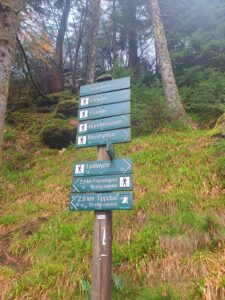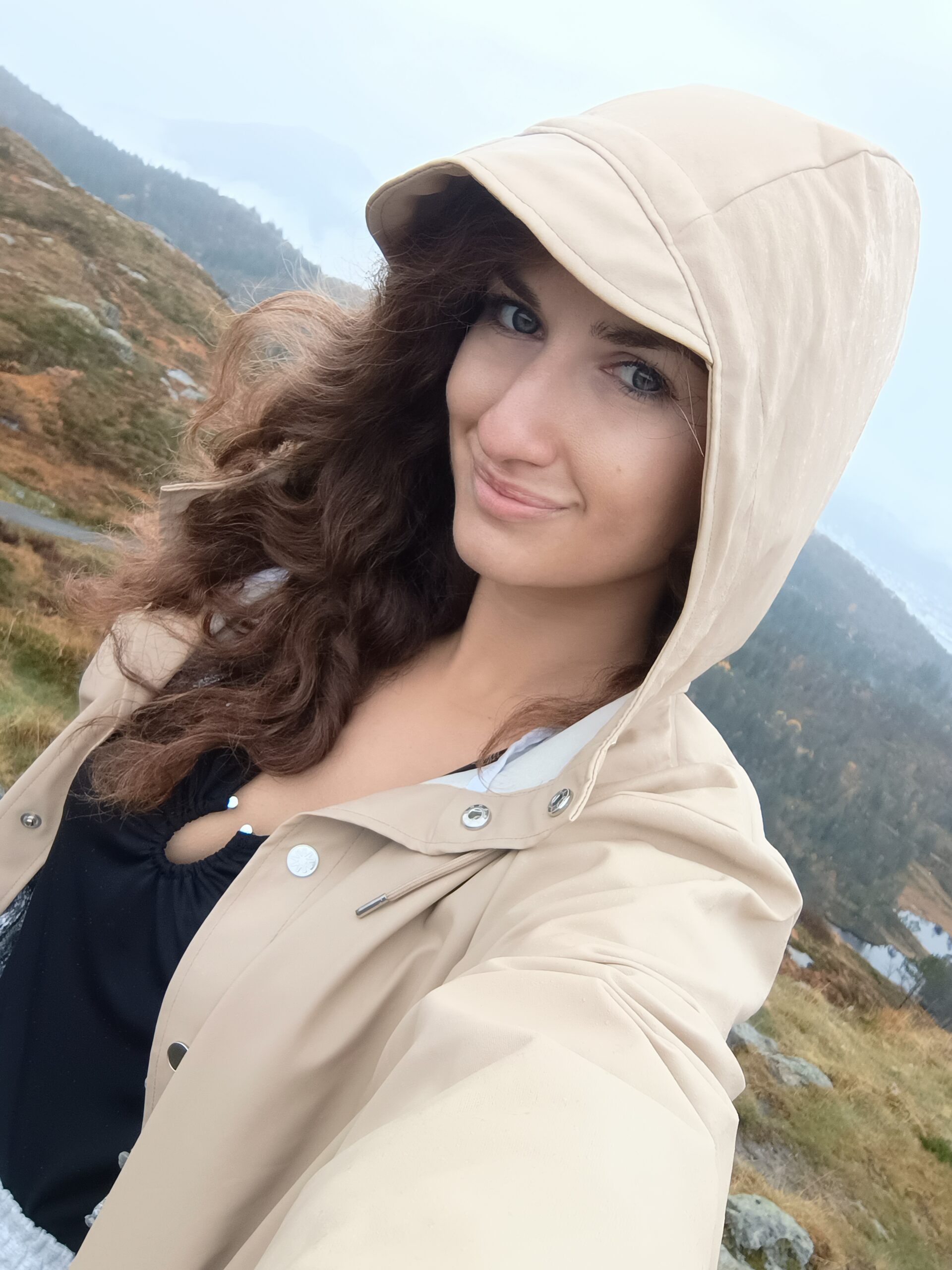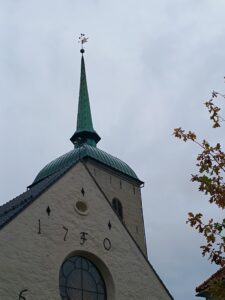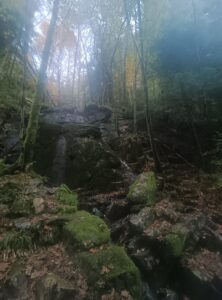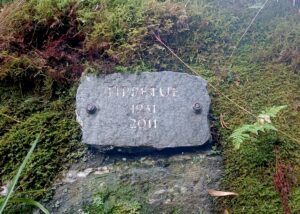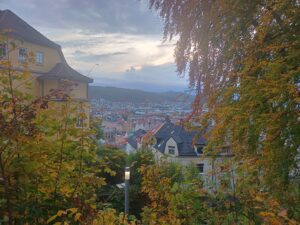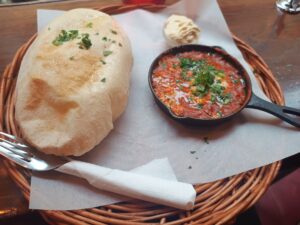After the lively and busy atmosphere of Stockholm, arriving in Visby felt so spacious and fresh. Located on Gotland Island, Visby is one of Northern Europe’s best-preserved medieval towns and a UNESCO World Heritage site. With its ancient stone walls, narrow cobblestone streets, and centuries-old ruins, Visby’s medieval charm was apparent the moment I arrived.
The Historic City Wall and Gates
One of the first things that caught my attention was Visby’s 13th-century stone wall, which wraps around the old town. This impressive fortification, stretching for nearly 3.5 kilometers, includes over 40 towers and several gates. The wall has survived remarkably well over the centuries, serving as a testament to Visby’s strategic importance during the medieval period. Walking along the wall, I could imagine the city as it was back then—an important hub for trade in the Baltic Sea, bustling with merchants and travelers.





St. Mary’s Cathedral and Medieval Churches
Visby is home to many medieval ruins and churches that add to its historical charm. St. Mary’s Cathedral (Sankta Maria Domkyrka) is the only one of the town’s original churches still in use. Built in the 12th century, it has undergone multiple restorations but still retains its medieval essence. Stepping inside, I was struck by the architecture and the quiet, reverent atmosphere.
The town is also dotted with the ruins of other medieval churches, including St. Nicolai and St. Karin, which are now open-air structures. These hauntingly beautiful ruins have become venues for concerts and cultural events, blending history with the modern life of Visby. Each ruin offers a unique glimpse into Visby’s past, with stone arches, Gothic windows, and overgrown ivy creating an atmosphere of timelessness.
Exploring Visby’s Streets and Market Square
Walking through the cobblestone streets of Visby’s old town was a highlight of my visit. The city has retained much of its medieval layout, with winding alleys lined with traditional wooden houses and rose-covered facades. The Market Square (Stora Torget), located at the center of town, was once a bustling hub for trade and is now filled with cafes, boutiques, and small artisan shops. Even with the modern touches, there’s a sense that the town square hasn’t changed much over the centuries.
A Slower Pace and Natural Beauty
Unlike Stockholm’s bustling streets, Visby’s atmosphere was calm and relaxed, offering a slower pace that felt refreshing. Beyond its historical charm, the town is surrounded by natural beauty, from the coastal cliffs to the nearby beaches. One of the most memorable moments was watching the sunset over the Baltic Sea from the hill by the town wall. The views were incredible, with the sea stretching out in every direction and the ancient walls casting long shadows over the landscape.
Reflecting on the Journey
Visby was the perfect counterpart to Stockholm, offering a quieter, more reflective experience of Swedish history. Wandering its medieval streets, surrounded by historic buildings and nature, allowed me to connect with the essence of Sweden’s cultural heritage in a profound way. The trip to Visby was more than just a stop on my journey—it was an invitation to slow down, appreciate the passage of time, and feel the history of this remarkable place.
Balancing Heritage with Modern Development in Visby
During my visit to Visby, I had the pleasure of meeting Louise Hoffman Borgö, the World Heritage Coordinator at Region Gotland. Louise’s role focuses on the complex challenges of managing a UNESCO World Heritage site that must preserve its medieval charm while also supporting the needs of a modern city.
In our conversation, Louise shared insights on the unique challenge Visby faces: developing a modern, development-and-innovation-oriented city within the historical framework of a medieval fortress. She explained how their work involves not only safeguarding the castle walls and heritage sites but also integrating infrastructure that serves the community and enhances urban life without disrupting the historical landscape. This requires a careful balance between heritage conservation and implementing solutions that support development and technological advancement.
Hearing Louise’s perspective made me consider new aspects of the work that is required to maintain Visby’s historical integrity while embracing the possibilities of the future. Her work reflects the delicate balance between preserving the past and innovating for the future, making Visby a fascinating example of living heritage.


















 .
. 





























 . .
. . 







